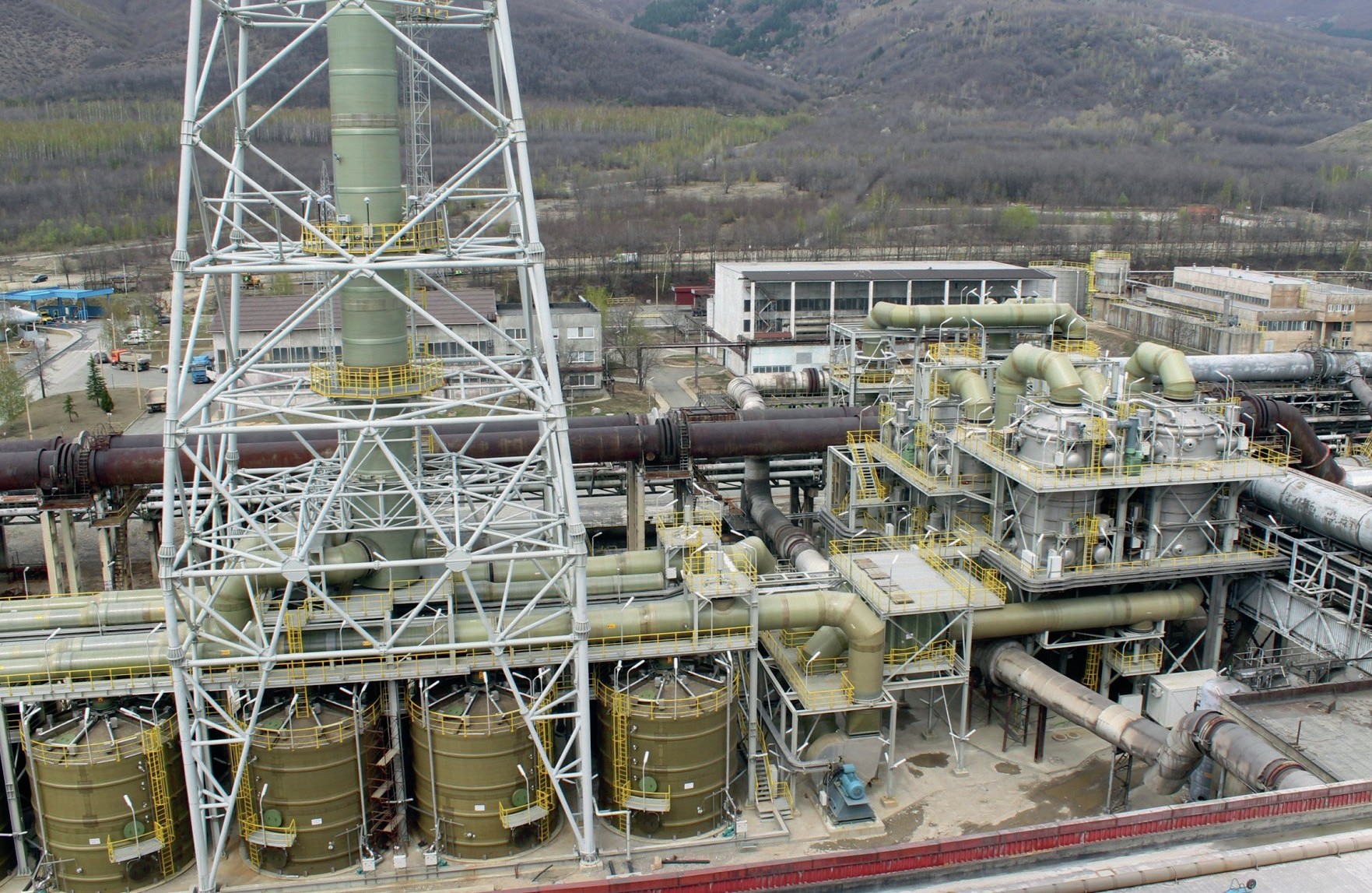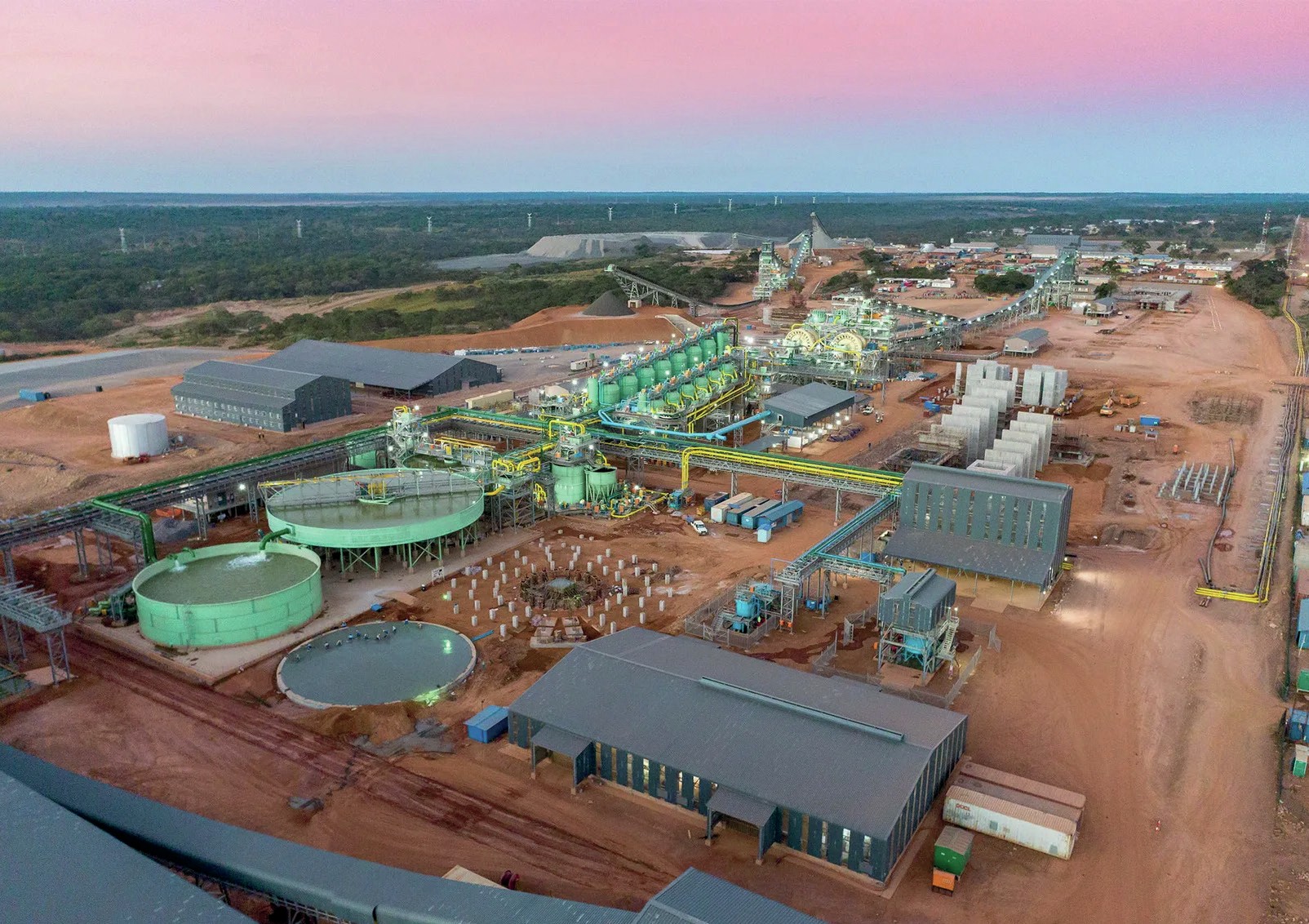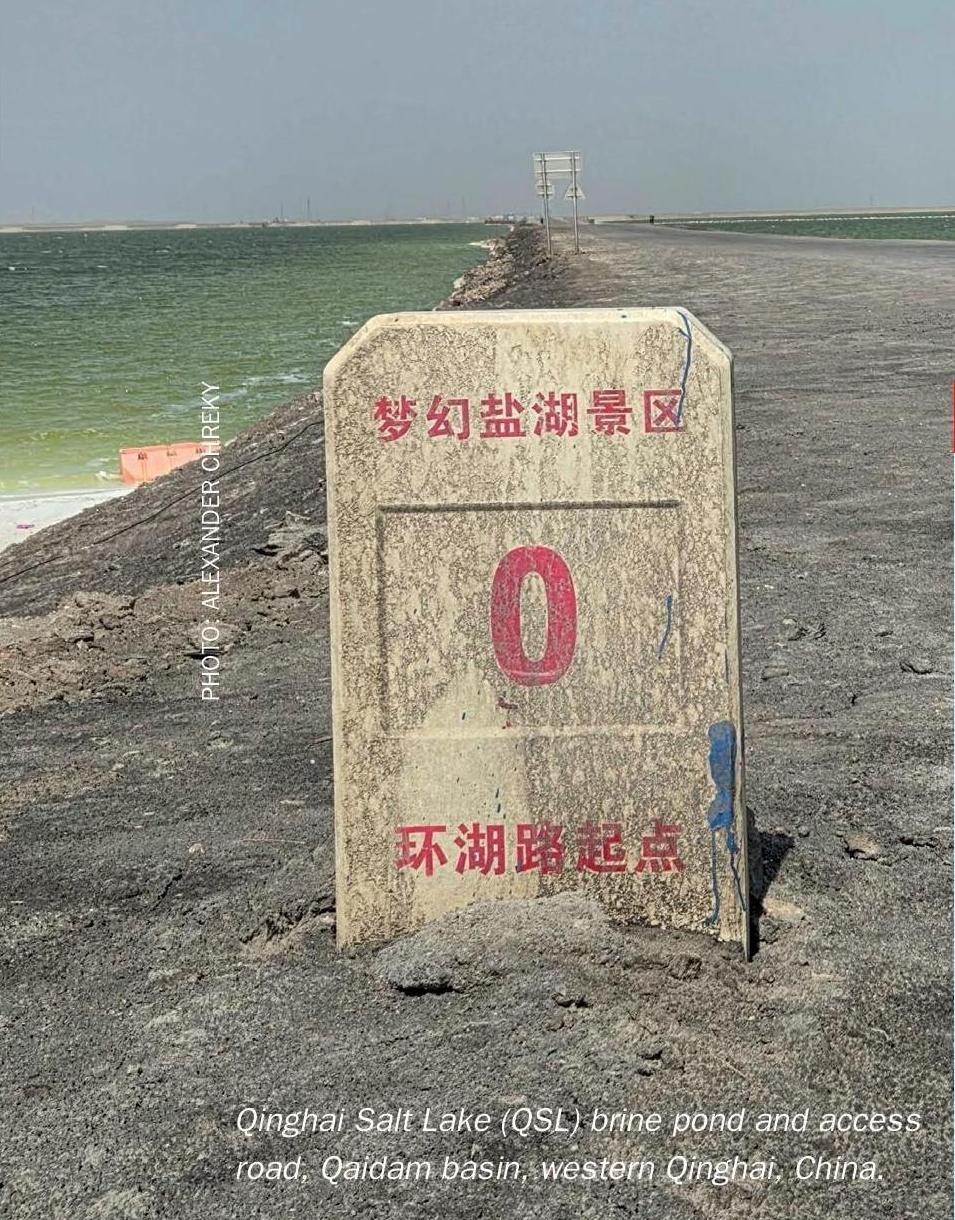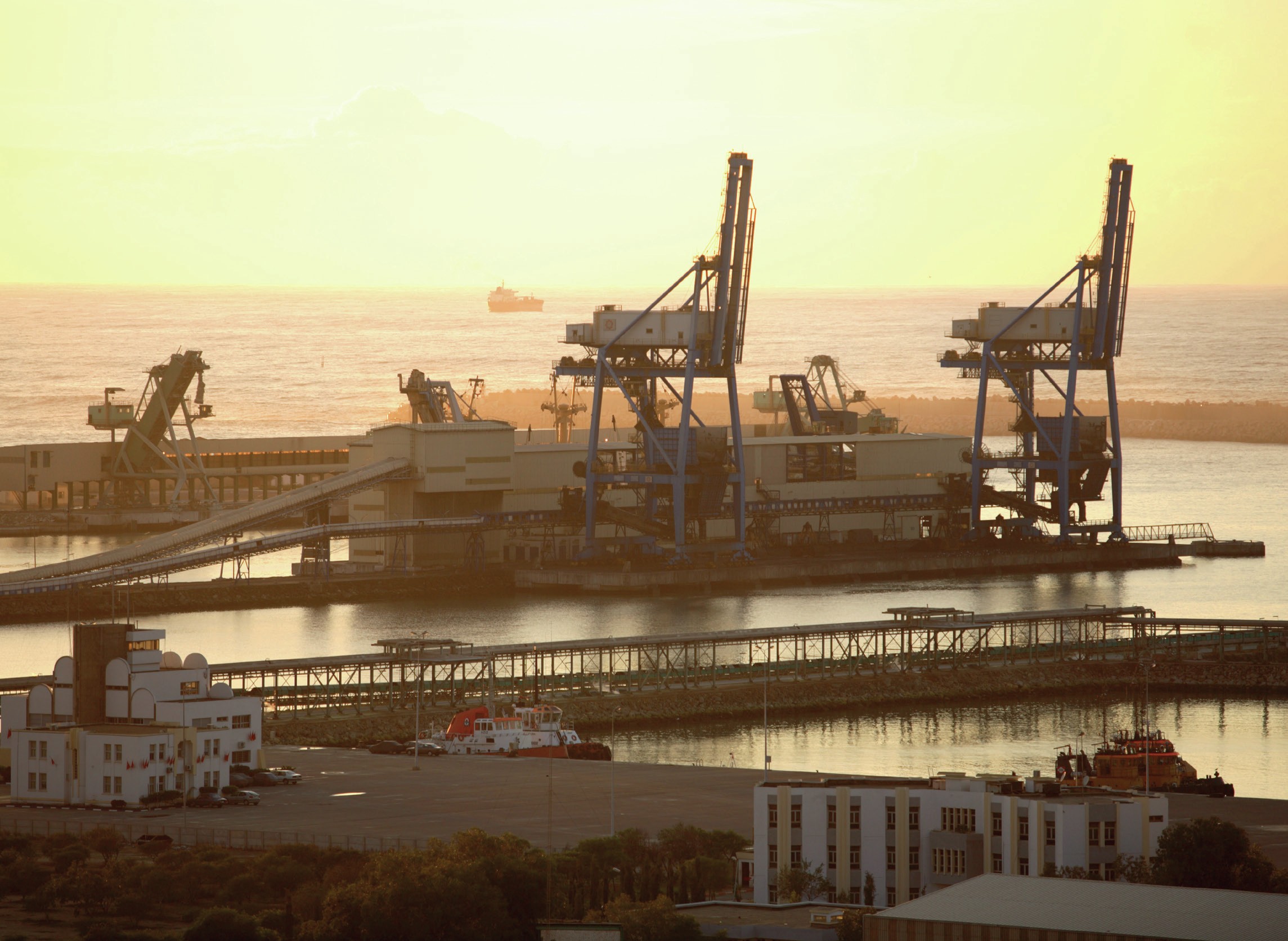Sulphur 387 Mar-Apr 2020

31 March 2020
Sulphuric Acid News Roundup
CHINA
Coronavirus stoppages leading to acid build-up
China’s copper industry is facing difficulties caused by the coronavirus outbreak in the country. Prolonged factory closures, particularly in Hubei province, at the centre of the outbreak, as well as neighbouring Guangdong and Zhejiang, also badly affected, have caused a slump in demand for copper domestically as copper fabricators remain on extended closure. However, smelters have resisted cutting production. Daye Nonferrous, based in Huangshi at the centre of coronavirus outbreak, continues to operate at 80% of its 600,000 t/a capacity for 1Q 2020, according to the company, in spite of quarantine and transport restrictions which have reduced truck shipments to the smelter – Daye is reportedly still able to receive copper concentrate shipments via the Yangtze River to Huangshi port.
China produced 17.15 million tonnes of copper fabricated products in 2018 – 76% of the world’s total, according to the World Bureau of Metal Statistics, and in the absence of local demand inventories are reportedly building up at smelter plants and sea ports. A bigger headache has been what to do with the large quantities of sulphuric acid from the still operating copper, zinc and lead smelters. Hubei province, now mostly on lockdown, consumes over 20 million t/a of domestic sulfuric acid output in China, representing about 20% of total consumption, in the production of fertilizers and chemicals.

TUNISIA
Phosphate production rose 46% during 2019
Tunisia’s national production of phosphates reached 4.1 million t/a in 2019, up 46% from 2018, according to figures released by the Tunisian industry ministry. The ministry said that phosphate production for the period 2017-2019 averaged 3.6 million t/a, 20% up on the average of 3.0 million t/a for the period 2011-2016. It also claimed that phosphate production is now running at an average of 15,000 t/d, an average of 5.0-5.4 million t/a if sustained over the whole year. These figures however disguise the fact that 2018 was a low point for Tunisian phosphate production due to industrial disruption.
Tunisia’s phosphate output has been languishing since the Arab Spring and the overthrow of former president Zine El Abidine Ben Ali. Prior to 2011 Tunisian phosphate production averaged 8.0 million t/a and the country was the fifth largest exporter in the world. However, the 2011 revolution came as a result of chronic unemployment and poverty, especially in the Gafsa region that is the source of the nation’s phosphate reserves, where unemployment reached 30%. To try and cure ameliorate this the new government forced Compagnie des Phosphates de Gafsa (CPG) to ‘hire’ more than 18,000 ‘ghost’ workers without providing jobs for them. The company’s workforce has more than tripled to 30,000 since 2011. Lack of transparency in the hiring process however led to strikes and sit-ins that blocked the gates of the company and saw output fall from 500,000 tonnes per month to 150,000 tonnes in January 2018. Meanwhile, the additional cost burden has seen CPG losing $1 billion per year and heading towards bankruptcy.
A vote in February has created a coalition government which has now to try and tackle low growth, unemployment, government deficits, high inflation and deteriorating public services, as well as negotiating an IMF bailout. In spite of this, the government says that phosphate production is finallyheading in the right direction and could reach 6 million t/a in 2020, bringing a badly needed additional $350 million to the government’s coffers and adding 1% to GDP.
INDIA
Symposium on sulphuric acid technology
In January DuPont Clean Technologies (DuPont) held a Sulphuric Acid Symposium in Hyderabad to share the latest intelligence on new technologies, operations and equipment that enable sulphuric plant operators to raise productivity and reduce operating costs. Keynote speeches addressed topics that are of common concern and interest to the industry ranging from emissions reduction to life cycle costs, safety and troubleshooting.
The two-day symposium gave delegates insight into emissions reduction technologies including an innovative new catalyst, discussed materials, processes, systems and services that are designed to improve sulphuric acid plant productivity, examined the behaviour of alloys in acid towers and converters, shared tips on troubleshooting and also presented personal protective equipment against chemical influences. In eight keynote sessions, technical specialists shared details on the latest technologies and equipment and answered delegate questions in a closing roundtable discussion.
Thierry Marin, Managing Director, DuPont Clean Technologies, EMEA, explained, “DuPont Clean Technologies regularly holds similar events around the world to allow members of the sulphuric acid industry to stay up to date with the latest technology developments and best sulfuric acid operational practices. These workshops give them the opportunity to discuss technical questions that are based on their own experiences with MECS subject matter experts and to make us aware of their particular objectives and requirements relating to emissions reduction and production optimisation.”
New acid plant up and running
Indian pulp and paper manufacturer Bhageria Industries Limited says that it has completed commissioning of its new sulphuric acid plant at the Tarapur Boisar Induatrial Area, Boisar Palghar in Maharashtra state. Commercial production began in February, according to the company’s statement to the Indian Bourse. The Maharashtra Pollution Control Board has issued permits for the manufacture of 150 t/d of sulphuric acid, as well as 10 t/d of 25% oleum, 30 t/d of 65% oleum, and 30 t/d of concentrated sulphuric acid. The facility is backward integrated in the company’s production, and the $3.6 million cost was funded internally.
ITALY
Italmach acquires phosphate recovery technology
Italmatch Chemicals has acquired the RecoPhos technology from Israel Chemicals (ICL), including all licenses, IP, know-how and assets related to it. The company says that its aim is to further develop and complete a sustainable, efficient and economically viable process to recover phosphorus from all phosphorus-containing waste streams, such as sewage sludge or ashes, to produce elemental phosphorus (P4 ). Italmatch’s historical and current portfolio is strongly related to phosphorus as a strategic raw material, and says that the new technology will open a new route to produce pure elemental phosphorus from secondary waste raw materials, contributing to reducing the consumption of natural phosphate ore.
Sergio Iorio, CEO of Italmatch Chemicals Group, said: “for Italmatch, innovation and sustainability represent the key factor for the company’s long-term success… this transaction is completely based on the concept of ‘circularity’ of resources rather than the exploitation of new ones.”

Carlos Galeano, Beyond Innovation Project Director, stated: “This acquisition not only introduces a new way to treat waste streams containing phosphorus, but also transforms the way the industry will treat phosphorus- containing ashes in the future. With RecoPhos, Italmatch Chemicals aims to both offer P4 with considerably higher quality to the market and consolidate its global leadership.”
BULGARIA
Acid output rises at Pirdop
Hamburg-based Aurubis said that the copper concentrate throughput of its Bulgarian smelter at Pirdop near Sofia rose by a 3% year on year to 333,000 tonnes in the first quarter of its fiscal year 2019/2020 (beginning on October 1st 2019), after boiler damage had affected output in the previous quarter. Copper cathode output at Pirdop remained unchanged year-on-year at 55,000 tonnes for the October-December period of 2019, the company said in an interim financial statement. Sulfuric acid output at Pirdop amounted to 337,000 tonnes in the review period, 12% higher on the same quarter of the previous year.
DEMOCRATIC REPUBLIC OF CONGO
Acid plant to commission in 1H 2020
In an update on its major projects, Katanga Mining Limited said that the sulphuric acid plant project at its 75%-owned subsidiary the Kamoto Copper Company (KCC) would be commissioned during the first half of 2020. Copper cathode production increased to 65,400 tonnes in Q4 2019 from 59,424 tonnes in Q3 2019. Cobalt contained in hydroxide production increased to 6,173 tonnes in Q4 2019 from 4,763 tonnes in Q3 2019, but KCC temporarily suspended the export and sale of cobalt due to the presence of uranium being detected in the cobalt hydroxide at levels that exceed the acceptable limit allowed for export. The company stressed that the low levels of radioactivity detected in the uranium to date do not present a health and safety risk, and Katanga Mining, together with KCC’s other 25% shareholder, DRC state-owned La Générale des Carrières et des Mines (Gécamines), has been working with the Ministry of Mines and the Congolese Atomic Energy Agency on a long-term technical solution to the uranium inclusion in the form of an ion exchange plant. Whole ore leach modelling has been completed which indicates that current and ‘elevated’ uranium levels may be successfully removed from the cobalt hydroxide using phosphoric acid, and the leaching project is currently subject to a feasibility study.
MOROCCO
Phosphate shipments from Boucraa fall
Moroccan state phosphate giant OCP’s exports of phosphates from the Boucraa mine in Western Sahara dropped to their lowest level since 2012 last year, with volumes falling from 1.9 million t/a in 2018 to 1.0 million t/a in 2019. The average figure for 20122018 was 1.8 million t/a, against a capacity of 2.6 million t/a. Western Saharan separatists have claimed that the fall followed court cases brought against OCP in South Africa and Panama in 2017 involving the detention of phosphate-carrying vessels, instigated by the Polisario independence movement, and a halt to sales to North America in December 2018, previously one of OCP’s largest overseas markets, taking 900,000 t/a of phosphate rock. New Zealand has also seen court action to halt the imports of Moroccan phosphate from Western Sahara. However, while OCP acknowledged that exports from Boucraa fell between 2018 and 2019, the company said this was in line with a “global decline in demand for phosphate rock” and was “mainly caused by the end of a contract with one of our clients, who decided to repurpose two of its phosphate plants for strategic reasons and focus on nitrogen and potash-based products.”
The company said that it remained confident in its Boucraa operations and that it is continuing to make investments in an integrated fertilizer complex at the port of Laayoune in Western Sahara at a cost of $2 billion.
CHILE
Phosphate project now clear to move ahead
Canada’s Lara Exploration says that it has been informed by its subsidiary Bifox Ltd that the latter has now completed agreements with the Chilean government to settle outstanding environmental infractions and fines incurred by the vendors and lift the embargo on mining and processing at the Bifox Phosphate Project at Copiapó, in Chile’s northern Atacama desert. Bifox says that it has also begun the application process with the Servicio Nacional de Geología y Minería to reinstate its operating permits and restart mining. During the first quarter of 2020, the company plans to start processing existing stockpiles of phosphate rock and complete further plant upgrades, and then, once permits are in place, resume mining and production at an initial rate of 5,000 tonnes per month, ramping up over time to 20,000 tonnes per month.
Bifox rock has been undergoing field trials at the University of Lujan in Argentina, to measure its efficiency as a direct application fertilizer. The company says that the testing also confirmed the rock is conducive to production of both triple superphosphate (TSP) and single superphosphate (SSP). Bifox has also retained the Florida Industrial and Phosphate Research Institute to test and confirm the process for conversion of Bifox phosphate rock into SSP and trials to produce a specialty product: partially acidulated phosphate rock (PAPR). The testing is expected to also provide capital cost estimates for the SSP and PAPR plants.

INDONESIA
New smelter to begin construction in August
Freeport Indonesia says that front end engineering and design on the company’s new $3 billion copper smelter in East Java has been completed, and site preparation is expected to be finished by June, with construction works beginning in August 2020. Construction of a smelter is part of parent company Freeport-McMoran’s deal with the Indonesian government to maintain its mining rights at Grasberg, the world’s second biggest copper mine, until 2041. Freeport says that it is on course to finish the smelter by the end of December 2023. The smelter is expected to consume 2.0 million t/a of copper concentrate and produce between 500,000 t/a to 600,000 t/a of copper. Meanwhile, the company has started to transition to underground mining at Grasberg in Indonesia’s Papua province, which is expected to affect its copper output. Output from the mine in 2020 is expected at around 50% of its normal level of 210,000 t/d of ore, with output to return to normal in 2022.
Freeport Indonesia currently produces about 3 million t/a of copper concentrate, 1 million t/a of which is processed by Smelting, a joint venture with Japan’s Mitsubishi in Gresik. Smelting produces 291,000 t/a of copper cathode, as well as 1.04 million t/a of sulphuric acid.






